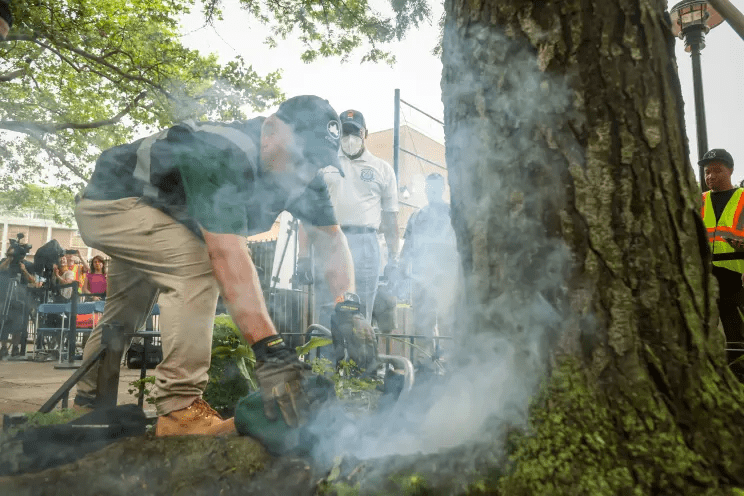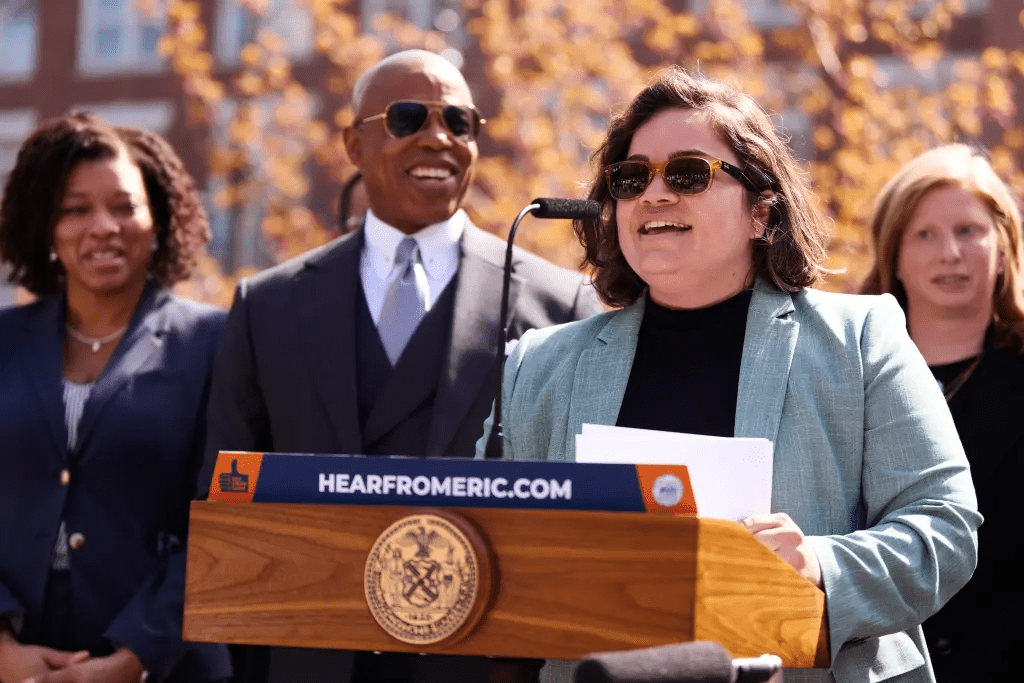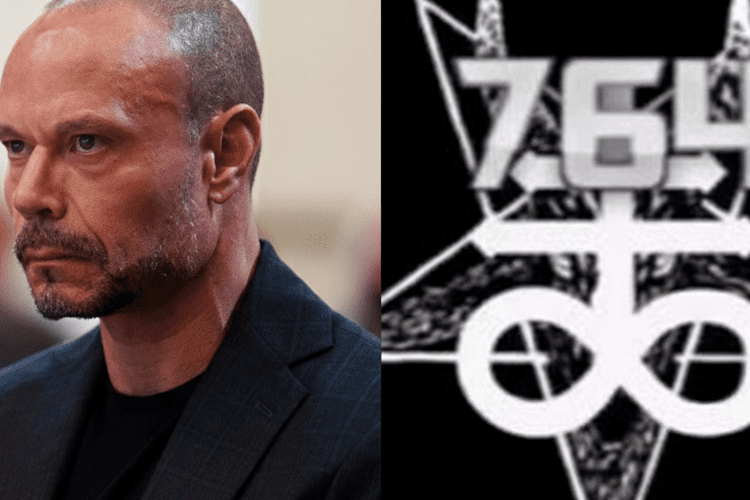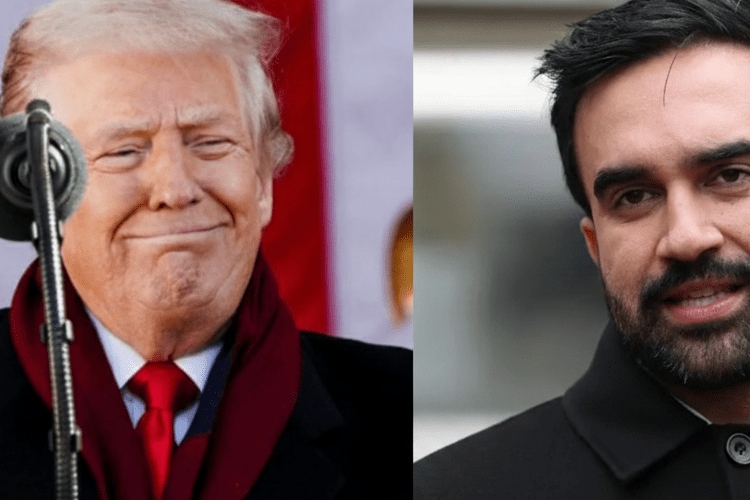From Playground Nightmares to Sidewalk Surrenders: Furious NYC Moms and Dads Beg Incoming Mayor Zohran Mamdani to Revive the Rat Czar as Rodents Terrorize Backyards and Steal Childhoods in Brooklyn’s Worst Infestation Hotspot
Under the fading autumn sun in Prospect Heights, Brooklyn, where brownstones whisper tales of immigrant dreams and corner delis serve as neighborhood lifelines, a mother’s worst nightmare unfolded not in the dead of night, but in the broad light of a crisp November afternoon. Little Emma Rodriguez, all of six years old with pigtails bouncing like hope itself, froze mid-step on the cracked sidewalk of Sterling Place, her tiny hand clutching a half-eaten ice cream cone as a furry shadow darted from a storm drain. It wasn’t a stray cat or a pigeon with attitude—this was a rat, bold as brass, the size of a housecat, scampering across her path with beady eyes that seemed to mock the very idea of safety in the city that never sleeps. “Mami, why do they own our street?” Emma whimpered, her voice a heartbreaking echo of the fear that has gripped families here for years. That single moment, captured in a viral video shared by frantic parents on neighborhood Facebook groups, crystallized the quiet desperation bubbling in this vibrant pocket of New York: the rats are back, and with a new mayor on the horizon, residents are raising their voices in a chorus of urgency, demanding the revival of the one job that once tamed the tide—the Rat Czar.

It was just last Friday, November 14, 2025, when a coalition of local groups—the Sterling Place Block Association, the Prospect Heights Parents Council, and the District 35 Rat Task Force—gathered in a dimly lit community center off Underhill Avenue, the air thick with the scent of fresh coffee and unresolved anxiety. Around a scarred wooden table, under fluorescent lights that buzzed like distant subway rumbles, they drafted a letter that would make headlines, penned with the raw emotion of people pushed to their limits. Addressed directly to Zohran Mamdani, the progressive firebrand elected mayor in a stunning upset just weeks earlier, the missive wasn’t a polite suggestion; it was a lifeline thrown into the churning waters of city bureaucracy. “For the last two years prior to her departure, [former Rat Czar Kathleen Corradi] addressed these issues in a granular and transparent way, connecting and coordinating city departments to address specific challenges,” the letter read, its words carrying the weight of weary hope. “Without an interagency approach, our beloved city faces a rat infestation that will only worsen, jeopardizing our quality of life and health.” As the group affixed their signatures—dozens from teachers, nurses, baristas, and retirees who had poured their evenings into block cleanups—the room fell silent, broken only by the distant squeak of what one resident swore was a rodent in the walls. This wasn’t hyperbole; it was their reality, a siege that had turned playgrounds into no-go zones and backyards into battlegrounds.
To understand the depth of this plea, one must step into the shoes of Carol Morrison, a 52-year-old schoolteacher whose Prospect Heights home, a cozy two-family walk-up bought with her late husband’s life savings, now feels more like a frontline outpost than a sanctuary. Morrison, with her warm smile lines etched deeper by sleepless nights, remembers the before times all too vividly—the summer of 2022, when Stroud Playground, that beloved patch of green where kids once swung from monkey bars and chased fireflies, earned the grim moniker “Rat Central.” “You were walking in the street rather than on the sidewalks because the rats owned the sidewalks,” she recalls, her voice catching as she sips chamomile tea in her kitchen, the window overlooking a tree bed where exterminators had waged war just months ago. Back then, over 200 frantic calls flooded the city’s 311 hotline from this single neighborhood, pleas for poison bait and trash audits met with automated assurances that rang hollow as the rodents multiplied. Families like Morrison’s adapted in heartbreaking ways: picnics canceled, bedtime stories read by flashlight indoors, little ones bundled in strollers past dusk to avoid the evening rush hour of furry commuters. “We’re still seeing rats in November in our backyard,” Morrison adds, her eyes misting over. “We have children who can’t play in their backyards. It’s not just pests—it’s stolen joy.”

The Rat Czar’s arrival in 2023 had felt like a miracle dropped from City Hall’s marble halls. Appointed by then-Mayor Eric Adams amid a citywide rodent reckoning—New York, after all, harbors an estimated 3 million of the vermin, outnumbering humans in some boroughs—Kathleen Corradi became the unlikely heroine in hip waders and a hard hat. A former wildlife biologist with a knack for bridging bureaucracy, she dove headfirst into the fray, establishing “rat mitigation zones” in hotspots like Prospect Heights and coordinating midnight “rat walks” with task forces that included sanitation workers, health inspectors, and even community volunteers armed with flashlights and fury. Under her watch, innovative tactics bloomed: contraceptive-laced baits to curb breeding without the cruelty of traditional poisons, mandatory containerization for residential trash that slashed accessible feasts, and data-driven audits that turned anecdotal horror stories into actionable maps. In Brooklyn’s Community Board 8, which encompasses Prospect Heights, rat sightings plummeted 42% since 2022 and 16% from the same period last year, according to a New York Post analysis of 311 records. The Department of Sanitation, buoyed by these gains, proudly touts 11 straight months of declining complaints since the “Trash Revolution” rolled out, with a spokesperson insisting, “We’re not backing down in the war on rats more broadly.” For a fleeting season, families exhaled; playgrounds echoed with laughter again, and Morrison even hosted a block party where kids chased bubbles instead of bolting from shadows.
But hope, as it often does in the relentless rhythm of urban life, proved fragile. In September 2025, Corradi quietly stepped away from the czar’s throne for a leadership role at the New York City Housing Authority, leaving the position unfilled and the coordination web in tatters. What followed was a slow unraveling, a void where once there was a vigilant guardian. Complaints, once funneled through Corradi’s dedicated line, now ricocheted between siloed agencies—the Sanitation Department pointing to Health, Health deferring to Parks, and Parks shrugging toward Buildings—creating what Morrison calls a “black hole of neglect.” “I am concerned there is no longer a point-person to resolve rodent swarms,” she says, her words laced with the quiet outrage of someone who’s attended too many fruitless meetings. “There is no real connection between these agencies, and when you have neglect, you need somebody on the ground. Otherwise, rat complaints land in a void.” Spring looms as the real specter, residents warn, when “rat babies” could flood the streets in biblical numbers without a czar to orchestrate the defense. The coalition’s letter underscores this peril, framing the $170,000 annual cost of the role not as extravagance, but as essential tax-dollar efficiency: a small price to safeguard the health and happiness of a city on the brink.

Enter Zohran Mamdani, the 33-year-old democratic socialist whose meteoric rise from Queens assemblyman to mayor-elect has infused New York with a fresh, if polarizing, energy. Elected on November 5 in a razor-thin victory that flipped the script on Adams’ scandals and Hochul’s shadow, Mamdani campaigned on bold strokes: universal rent freezes, green jobs explosions, and a fierce anti-corruption crusade that resonated with young voters weary of the old guard. A Ugandan-born son of academics, with a poet’s cadence and a prosecutor’s precision, he swept into Gracie Mansion promising to “reimagine” the Big Apple as a beacon of equity. Yet for Prospect Heights parents, his progressive platform—strong on housing and transit, lighter on pest control specifics—feels like a double-edged sword. Their letter to him, hand-delivered to his transition team, pleads for continuity amid change: reinstate the Rat Czar as a cornerstone of that reimagining, a practical bulwark against the inequities of infestation that hit low-income blocks hardest. Mamdani’s camp, reached for comment, has yet to respond, leaving residents in a limbo of hopeful suspense. “He’s our mayor now,” Morrison reflects, folding the letter with care. “We voted for vision, but we need action—before the rats vote themselves a majority.”
This cry from the sidewalks ripples far beyond one Brooklyn enclave, tapping into the soul-deep frustration of New Yorkers who love their city with a ferocity that borders on faith, yet grapple daily with its grit. The rat war isn’t new—legend has it the creatures arrived with the Dutch in the 1600s, hitching rides on trade ships like uninvited stowaways at a feast. But post-pandemic, with shuttered restaurants leaving gourmet scraps and construction booms stirring nests, sightings spiked 20% citywide in 2022, per Health Department tallies. Adams’ creation of the Rat Czar was a populist masterstroke, humanizing the horror with Corradi’s folksy updates—”We’re turning the tide, one trap at a time”—and tangible wins that made headlines from the Post to the Times. Her departure, though, exposes the fragility of such fixes: in a $100 billion budget, rodent control claims a mere sliver, often the first to fray when priorities shift. Critics, including some in the Sanitation ranks, argue the decline proves the system works without a single face, but residents counter with lived truth—the personal touch that turns “systemic” into solvable. In interviews across the neighborhood, from bodega owners sweeping fur from doorsteps to elders on stoops sharing war stories, a common thread emerges: exhaustion laced with defiance. “We’ve fumigated, we’ve poisoned, we’ve even prayed,” says Javier Lopez, a 68-year-old retiree whose Prospect Heights stoop has hosted more rodent rodeos than he can count. “But without someone yelling from the rooftops, it’s us against an army.”

As winter whispers closer, with holiday lights twinkling defiantly against the dusk, the wait for Mamdani’s reply hangs like fog over the East River. Will he, the mayor of fresh starts, heed the call and appoint a new guardian—perhaps a Corradi protégé with data dashboards and diplomacy in equal measure? Or will the rats, those opportunistic survivors, exploit the interregnum to reclaim lost ground? For families like the Rodriguezes, who tucked Emma in that night with tales of brave knights slaying dragons (furry ones, this time), the stakes feel profoundly personal. New York has always been a city of survivors, where resilience is the rent we pay to call it home. But in the quiet hours, as sirens wail and winds rustle leaves like tiny feet, one can’t help but ache for the children caught in the crossfire—for the laughter silenced, the freedoms curtailed, the simple act of stepping outside without dread. Mamdani’s first test isn’t abstract policy; it’s the rodent at the door, a reminder that even in the greatest city, small battles shape the soul. And as the coalition steels for follow-ups—petitions circulating, town halls brewing—there’s a flicker of that unquenchable New York spirit: We’ll fight, we’ll organize, we’ll win back our sidewalks. Because in the end, it’s not just about the rats—it’s about reclaiming the joy they steal, one fearless step at a time.



